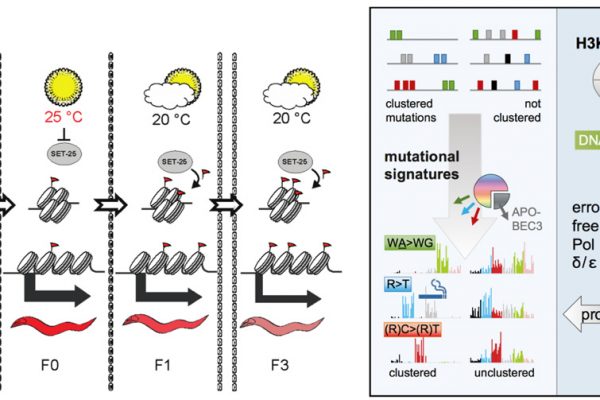GROUP LEADER:
Ben Lehner (ICREA Research Professor, AXA Professor of Risk prediction in age-related diseases until September 2017 and Acting Coordinator of Systems Biology Program)
POSTDOCTORAL RESEARCHERS:
Mirko Francesconi, Solip Park, Aaron New, Xianghua (Cici) Li, Guillaume Diss, Joern Schmiedel, Thomas Wilhelm, Sarah-Lena Offenburger, Benedetta Bolognesi (joint with Tartaglia lab)
PhD STUDENTS:
Marcos Pérez, Júlia Domingo, Pablo Baeza
TECHNICIAN / LAB MANAGER:
Cristina Hidalgo

